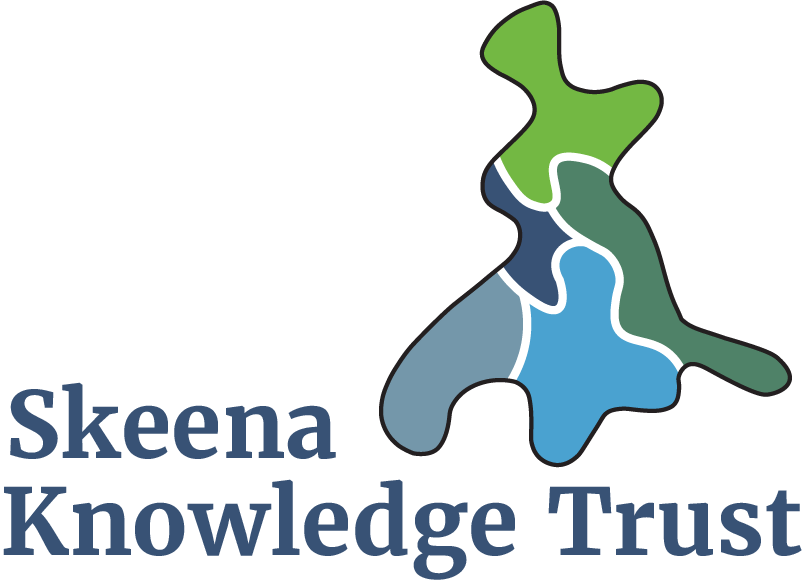Water Quality Effectiveness Evaluations and Fish Passage Culvert Inspection
Data and Resources
-
2009/2010 Water Quality Effectiveness Evaluations and Fish Passage Culvert InspectionsPDF
2009/2010 water quality effectiveness evaluations and fish passage culvert...
-
Map 1 of 4: 2009/2010 Water Quality Effectiveness Evaluations - Lakelse WatershedPDF
Lakelse Watershed water quality effectiveness evaluations (WQEE) and fish...
-
Interim Restoration Plans for Nine Watersheds in the Central Kalum Forest DistrictPDF
Interim Restoration plans for nine watersheds in the Central Kalum Forest...
-
Map 3 of 4: 2009/2010 Water Quality Effectiveness Evaluations - KispioxPDF
Additional Info
| Field | Value |
|---|---|
| Author | Viveiros, M. |
| Maintainer | BC Timber Sales |
| Last Updated | July 30, 2025, 21:36 (UTC) |
| Created | December 10, 2019, 19:10 (UTC) |

